Balancing economic tourism development and preserving natural and cultural heritage has become an urgent requirement to help Ba Be Lake promote its value as a special national monument and move towards a sustainable eco-tourism model.
Precious heritage in the heart of the mountains and forests
Ba Be Lake – the “green pearl” among the limestone mountains of the Northeast – is one of the 20 largest and most beautiful natural freshwater lakes in Vietnam and the world . With a water surface area of over 500 hectares, located at an altitude of about 150 meters above sea level, the lake is formed from three branches of the Pe Lam, Pe Lu and Pe Leng rivers, creating a majestic ink painting, where clouds, sky, mountains and water blend together.

The lake is the central part of Ba Be National Park, which possesses the most diverse ecosystem in the North with more than 1,000 species of plants and 80 rare animals. Surrounding the lake are villages of the Tay, Nung, Dao... with stilt houses, Then singing, Long Tong festival with rich identity - creating a rare natural and cultural heritage complex.
In 2012, the Prime Minister signed a decision to rank Ba Be Lake Scenic Area as a Special National Monument, affirming the outstanding geological, landscape and cultural values of the freshwater lake in the heart of the Northeastern mountains and forests.
In recent years, along with the improvement of transport infrastructure, Ba Be tourism has developed strongly. In 2024, this area welcomed more than 300,000 visitors, a record number for a mountainous area with limited services.
A series of homestays and motels have sprung up along the lake; kayaking, camping, and photography tours are organized everywhere, bringing new vitality to people's lives.
However, the rapid growth of tourism has also brought with it many negative consequences. Many places around the lake have domestic waste and untreated wastewater flowing directly into the lake. Some households use the water surface to raise fish in cages and build floating rafts, posing a serious risk of pollution.
Along with environmental pressure is the risk of “fading identity”. Many cultural activities are commercialized; traditional stilt house architecture is replaced by concrete structures with modern amenities but alien to the pristine landscape of Ba Be.

Balancing development and conservation
Faced with that situation, Thai Nguyen province (after merging administrative boundaries from Bac Kan) and Ba Be National Park Management Board have implemented many solutions to sustainably preserve the heritage.
Pollution control has been enhanced; households living along the lake have been supported to build wastewater treatment tanks and organize regular garbage collection. Local authorities have tightened construction licensing, requiring accommodation establishments to comply with planning, use environmentally friendly materials, and harmonize with the landscape.
Along with that, the community tourism model associated with cultural preservation is identified as a sustainable direction. Pac Ngoi, Bo Lu, and Coc Toc villages were chosen as model sites, in which people directly participate in guiding tourists, performing traditional culture, and at the same time protecting the ecological environment.
Thai Nguyen province has determined that the key to sustainable tourism development is to prioritize conservation. Ba Be Lake cannot just be a destination, but must be preserved so that future generations can still be proud of the pristine beauty of their homeland.
Currently, many eco-tourism and green tourism projects are being encouraged to be implemented in the lake area: sightseeing boat tours combined with garbage collection, the “One tree for Ba Be” program initiated by local youth, or the “zero waste” tourism model associated with indigenous cultural experiences.
Thai Nguyen province also focuses on raising awareness for tourists: limit the use of plastic bags, do not litter, do not make noise, and respect local customs and practices.
Some businesses are committed to the “3 no” criteria: no plastic waste – no encroachment on nature – no destruction of the landscape.

Promoting the value of Ba Be Lake special national relic associated with tourism development
According to Mr. Nguyen Chu Thu, Deputy Director of Thai Nguyen Department of Culture, Sports and Tourism, “After the merger, Ba Be Lake tourism has more opportunities to promote its worthy value. The province is oriented towards sustainable tourism development, focusing on eco-tourism, cultural tourism, and community tourism as highlights to make Ba Be Lake an attractive destination, contributing to making tourism an important economic sector of the locality.”
He emphasized that to develop commensurate with its potential, Ba Be must go hand in hand with nature conservation and indigenous cultural development, combining infrastructure investment, improving service quality, and building unique tourism products associated with landscapes and people.
“If Ba Be Lake tourism only relies on natural landscapes, it will be difficult to be sustainable. Along with protecting the natural environment, landscapes, and tourism environment, Ba Be needs to focus on preserving indigenous cultural values, developing more cultural tourism products, agricultural tourism, and community tourism in a green and sustainable direction. Combined with investment in transport infrastructure, services, human resources, and unique products.
To develop commensurate with its potential, Ba Be needs to build a variety of tourism products associated with culture and landscape. At the same time, it is necessary to diversify and improve the quality of tourism services and strengthen links with neighboring destinations such as: ATK Dinh Hoa, ATK Cho Don, Nui Coc Lake, Na Hang Hydroelectric Lake (Tuyen Quang), Ban Gioc Waterfall (Cao Bang), Dong Van Stone Plateau (Ha Giang) ... At the same time, calling for investment in infrastructure and high-quality tourism services" - Mr. Nguyen Chu Thu said.

Master plan to promote heritage values
Last June, Deputy Prime Minister Mai Van Chinh signed Decision No. 1407/QD-TTg approving the Plan for preservation, restoration and rehabilitation of the special national relic of Ba Be Lake Scenic Area.
The planning objective is to preserve, maintain and promote the outstanding values of geology, landscape, ecosystem and culture, while overcoming the shortcomings of population, infrastructure and tourism development. Ba Be Lake is identified as the core in the organization of landscape architecture space, with 19 functional subdivisions planned synchronously.
The main orientations include: Comprehensive conservation of ecosystems, geomorphology and intangible cultural heritage of ethnic communities in the region; Promoting the value of relics associated with sustainable tourism development and forming a unique tourism brand of Thai Nguyen.
Building an inter-regional tourism and heritage route connecting northern mountainous tourist destinations, aiming to turn Ba Be into a national tourist area before 2030, a key tourist center of the Northern Midlands and Mountains region.
The main tourism products are oriented to include: Eco-tourism, resort tourism, religious tourism (associated with the following locations: Hua Ma Cave, An Ma Temple, Dau Dang Waterfall, Puong Cave, Tien Pond, Ba Goa Island); Community tourism and ethnic culture in Pac Ngoi, Bo Lu, and Coc Toc villages.
Agricultural tourism, experiences and OCOP products, combined with exploring geological landscapes such as Stalactite Valley, Khau Qua forest, Coc Toc wetland.
This planning is an important legal basis for implementing projects to preserve, restore, rehabilitate and promote the value of Ba Be Lake Scenic Landscape in the future.
Ba Be Lake is not only a beautiful landscape but also the “green breath” of the mountains and forests, the cultural memory of many generations of Tay, Nung and Dao people. Preserving Ba Be Lake today is not only protecting a famous landscape, but also preserving the identity and soul of the land – where people and nature have lived in harmony for hundreds of years.
If exploited properly and with conservation as the foundation, Ba Be Lake will become a model for sustainable ecotourism in Vietnam - where every step of visitors not only leaves an impression of experience but also contributes to keeping the green color of the heritage intact.
Source: https://baovanhoa.vn/van-hoa/giu-vien-ngoc-xanh-ho-ba-be-truoc-tang-truong-nong-ve-du-lich-174543.html




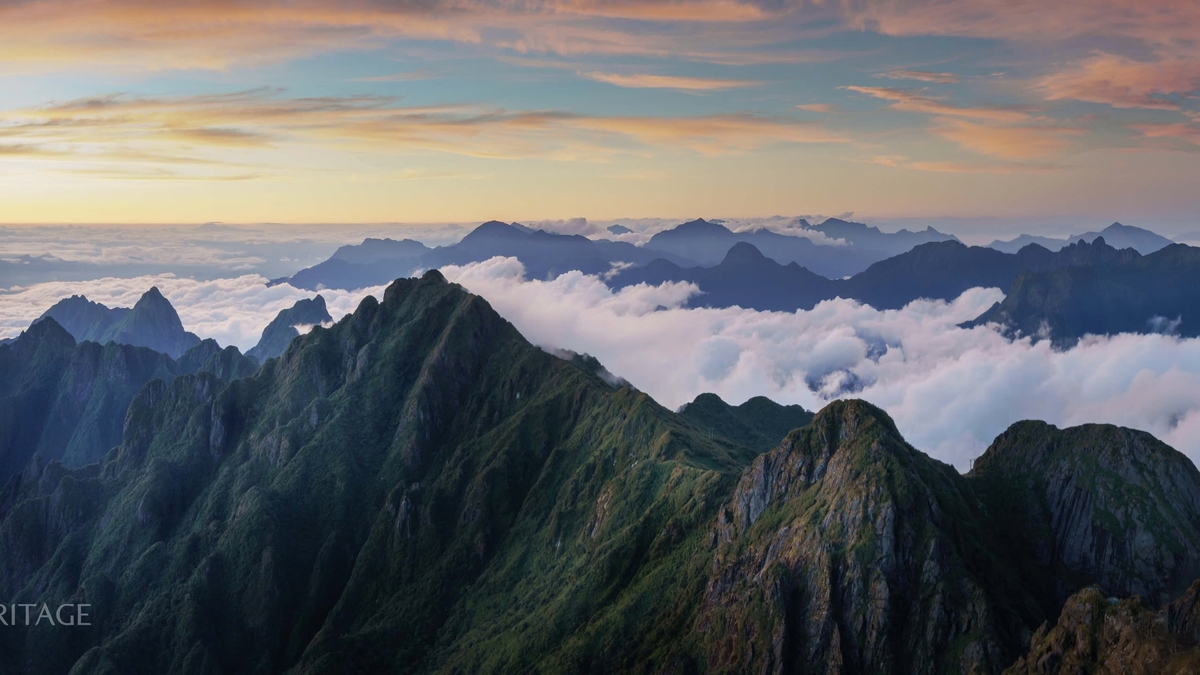


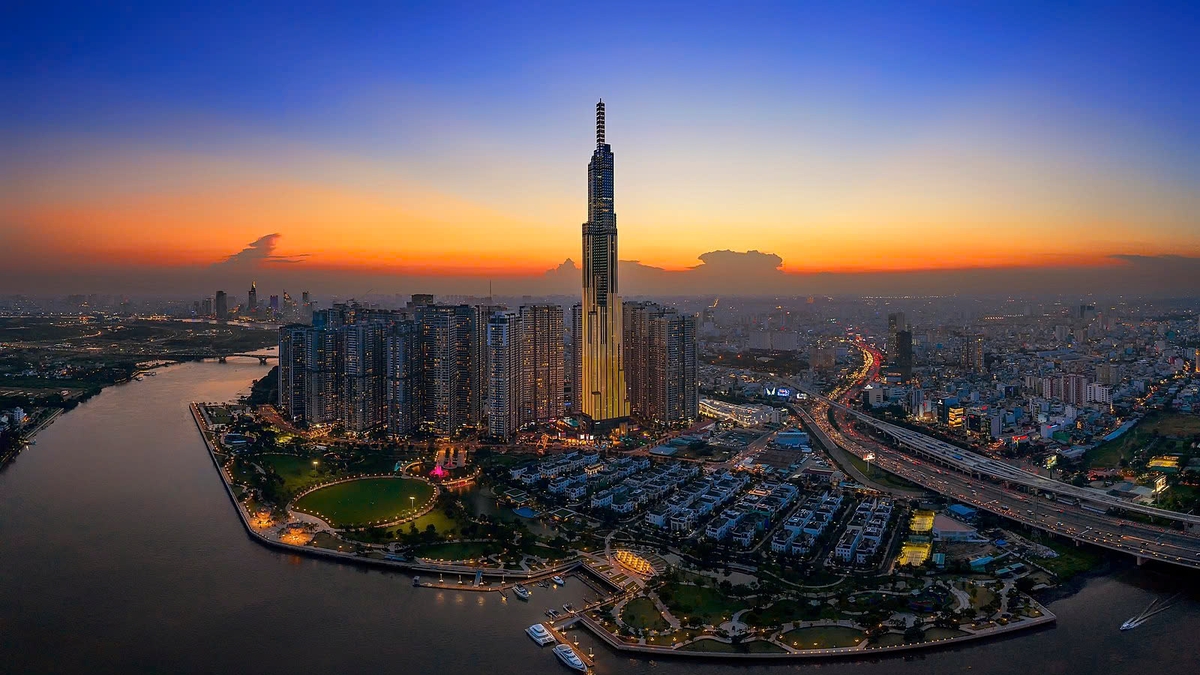





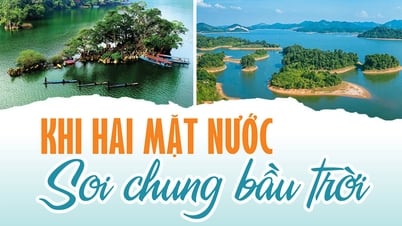

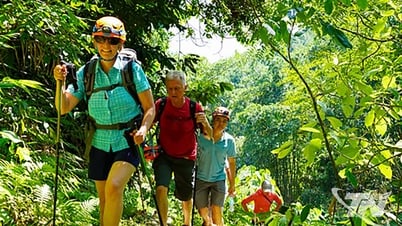
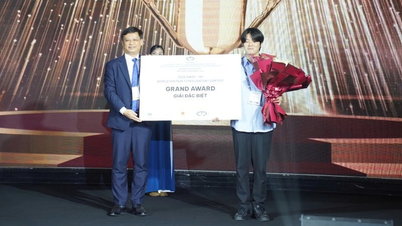

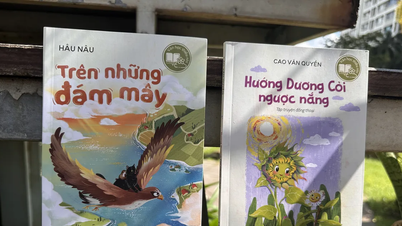

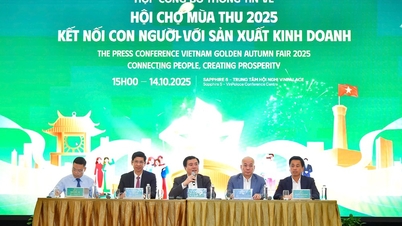










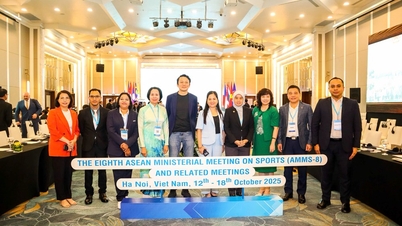
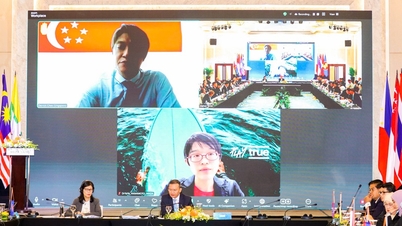

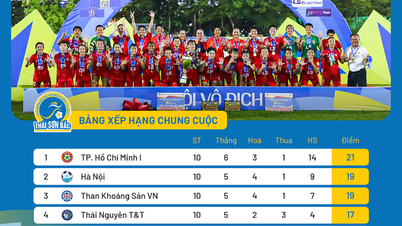

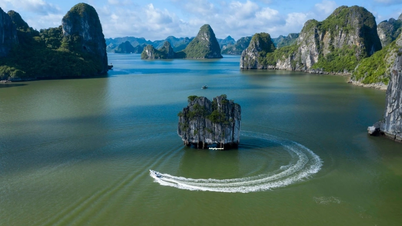

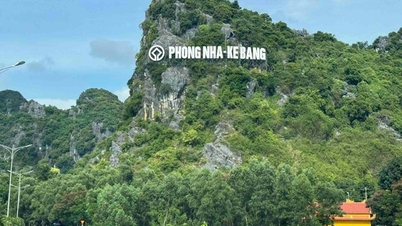






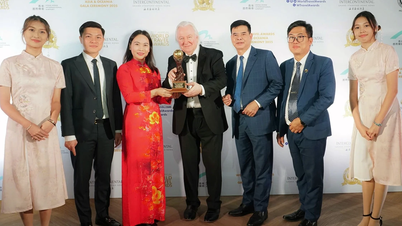
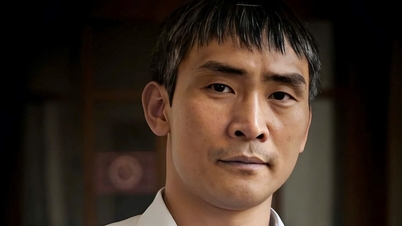









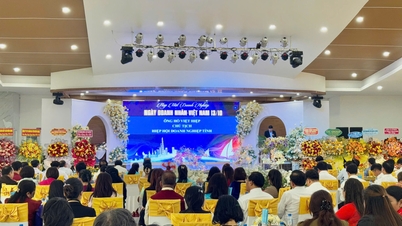

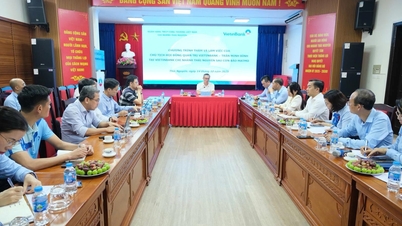

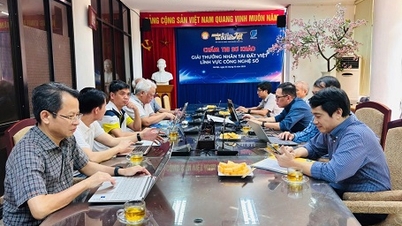

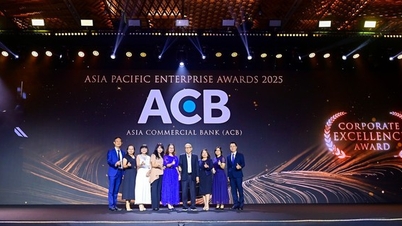






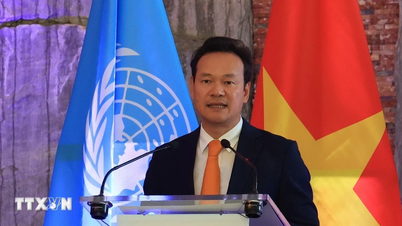


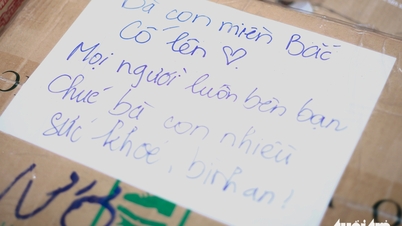

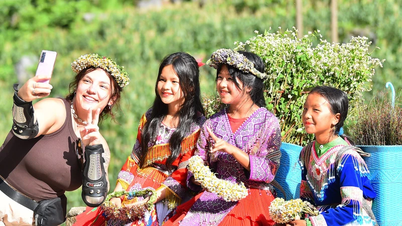
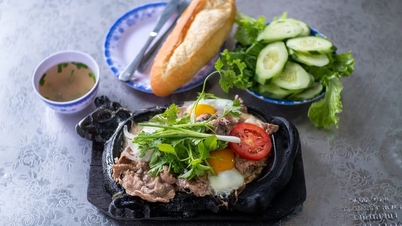


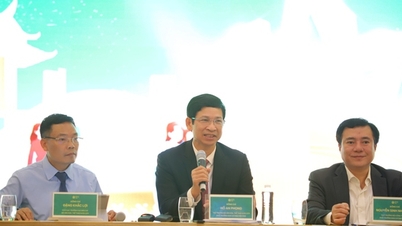

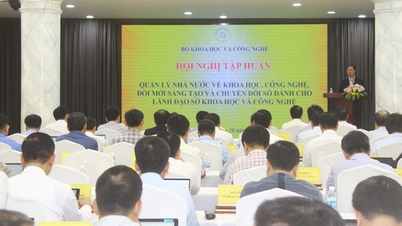

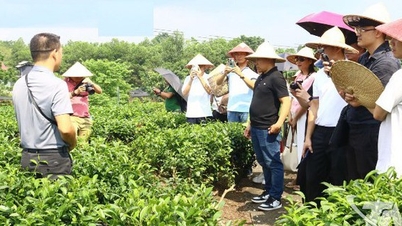


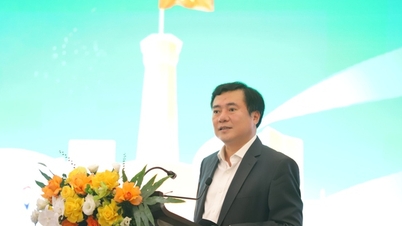
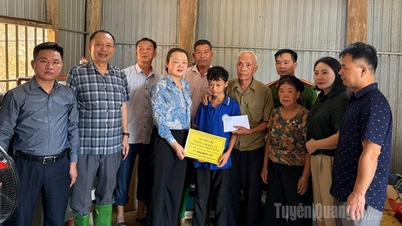






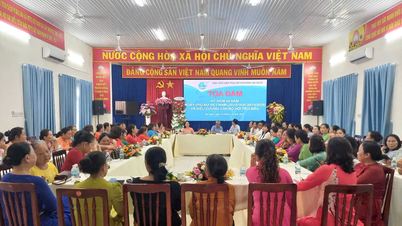















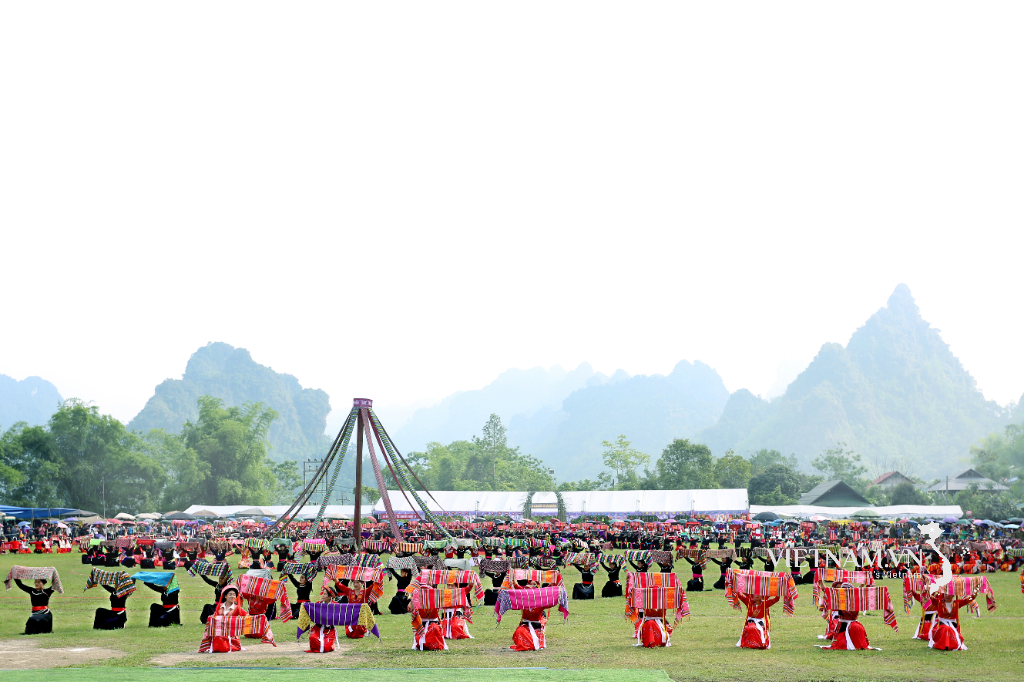
Comment (0)